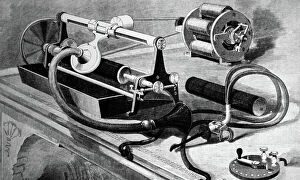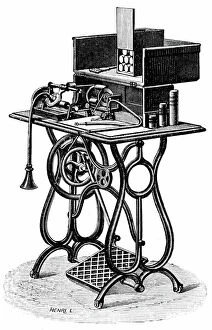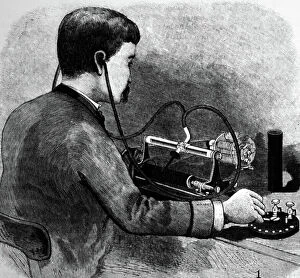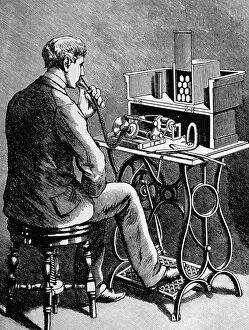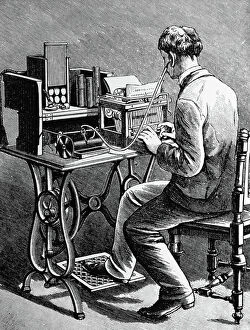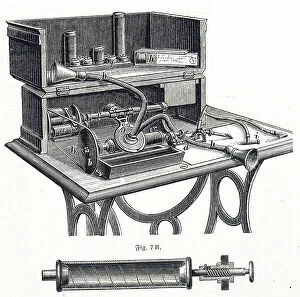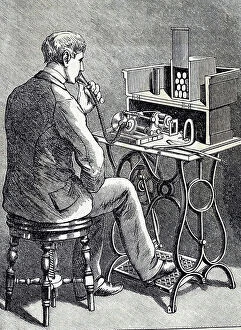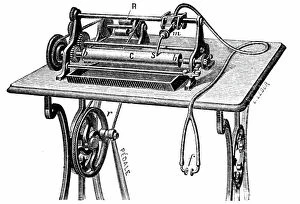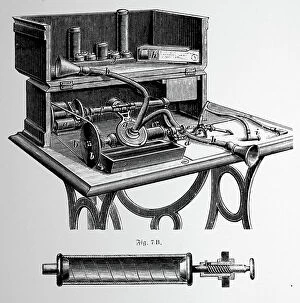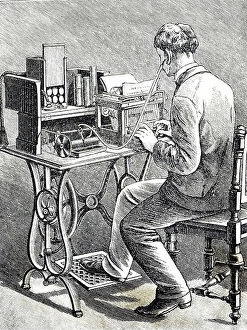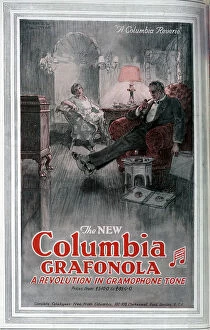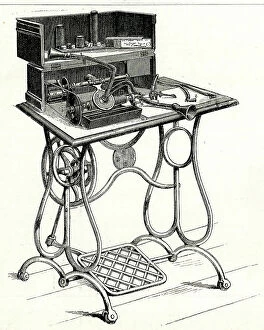Graphophone Collection
The graphophone was an early version of the phonograph, invented by Alexander Graham Bell and Charles Tainter in 1886
For sale as Licensed Images
Choose your image, Select your licence and Download the media
The graphophone was an early version of the phonograph, invented by Alexander Graham Bell and Charles Tainter in 1886. It used a wax cylinder to record sound and played it back using a stylus. The graphophone revolutionized the way people listened to music and speech, paving the way for modern recording technology. Despite being overshadowed by Thomas Edison's phonograph, the graphophone was a significant advancement in audio technology. Its design inspired future innovations in sound recording and reproduction, making it an important milestone in the history of music and communication. Today, the graphophone serves as a reminder of how far we've come in capturing and preserving sound for future generations to enjoy.

